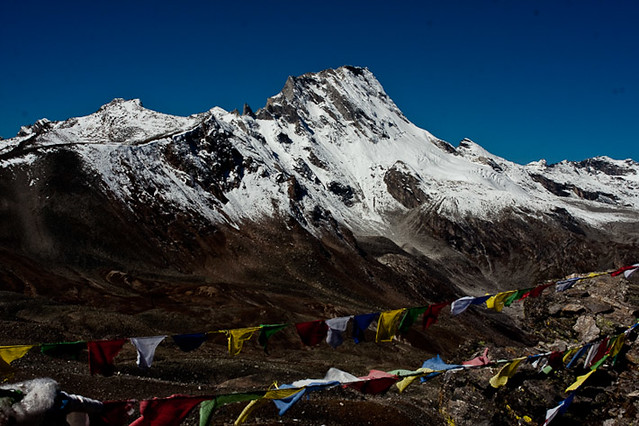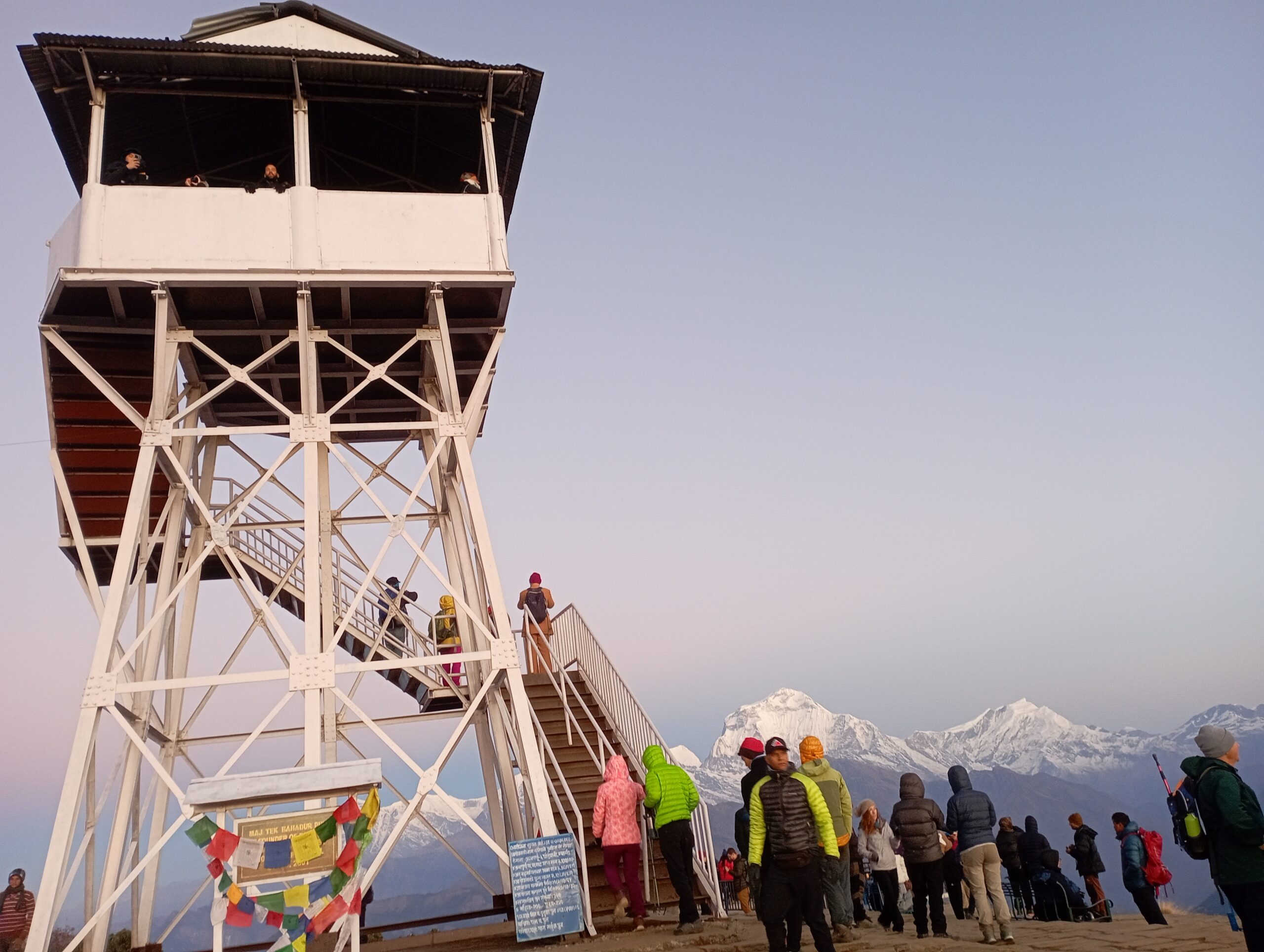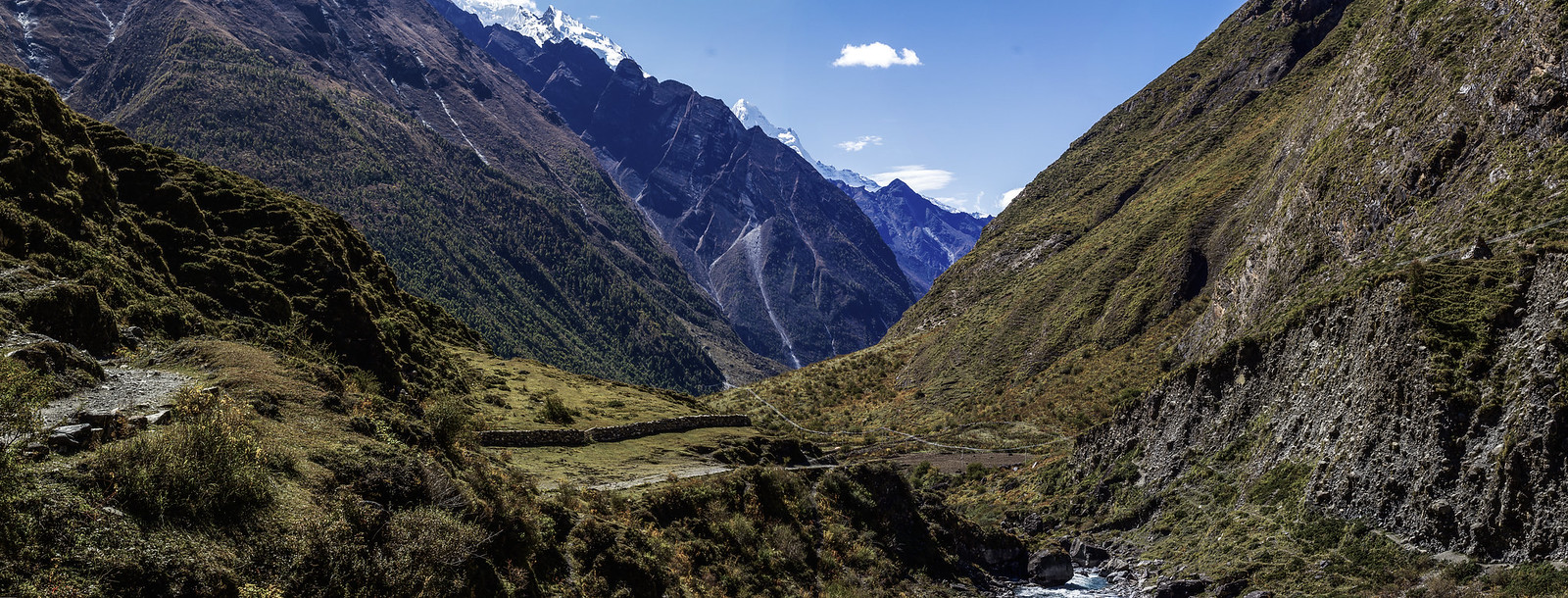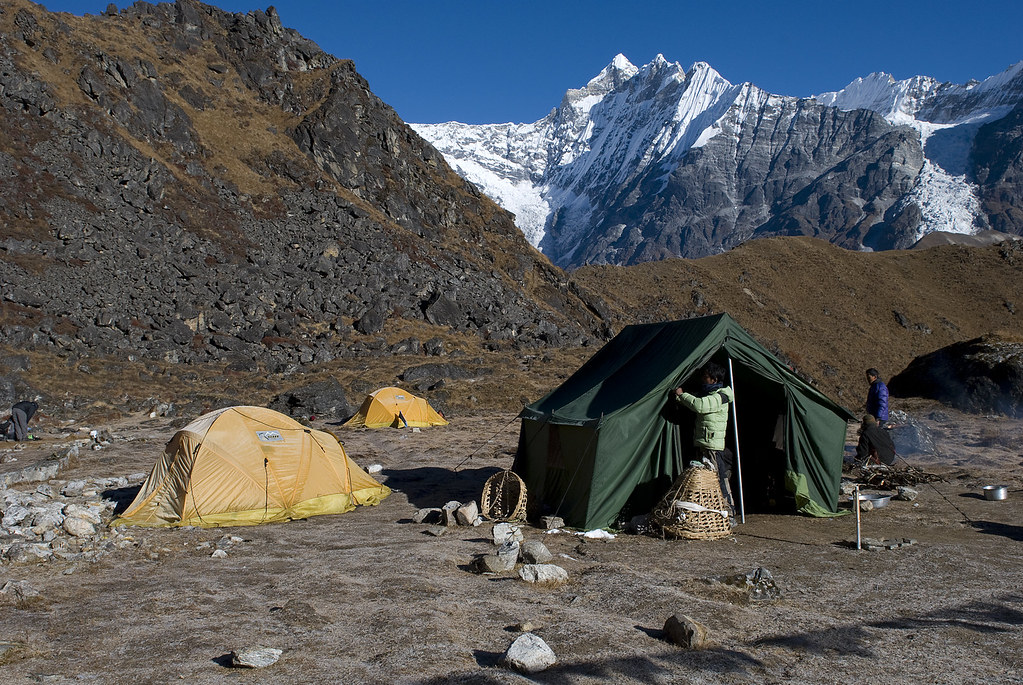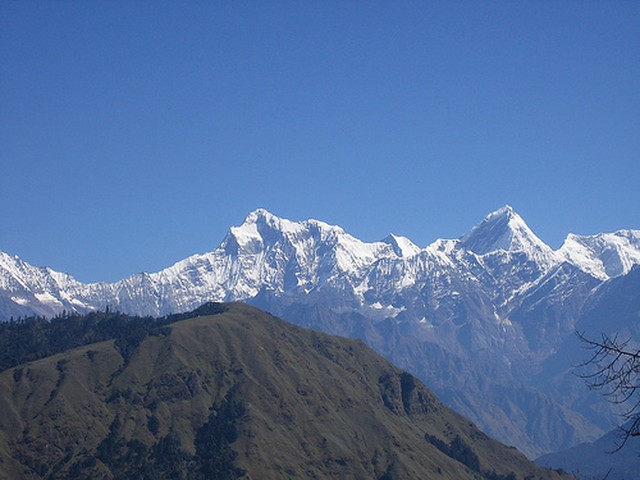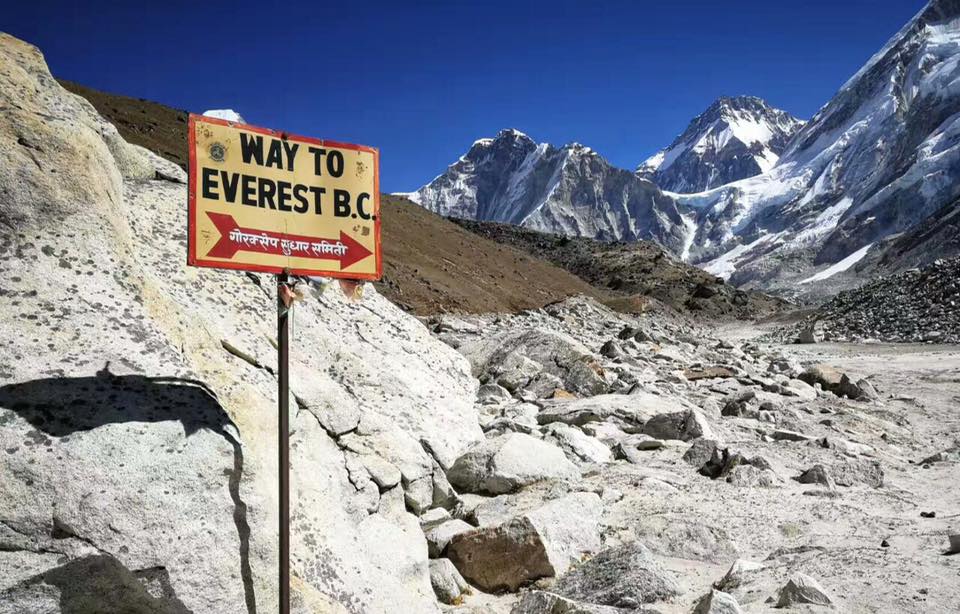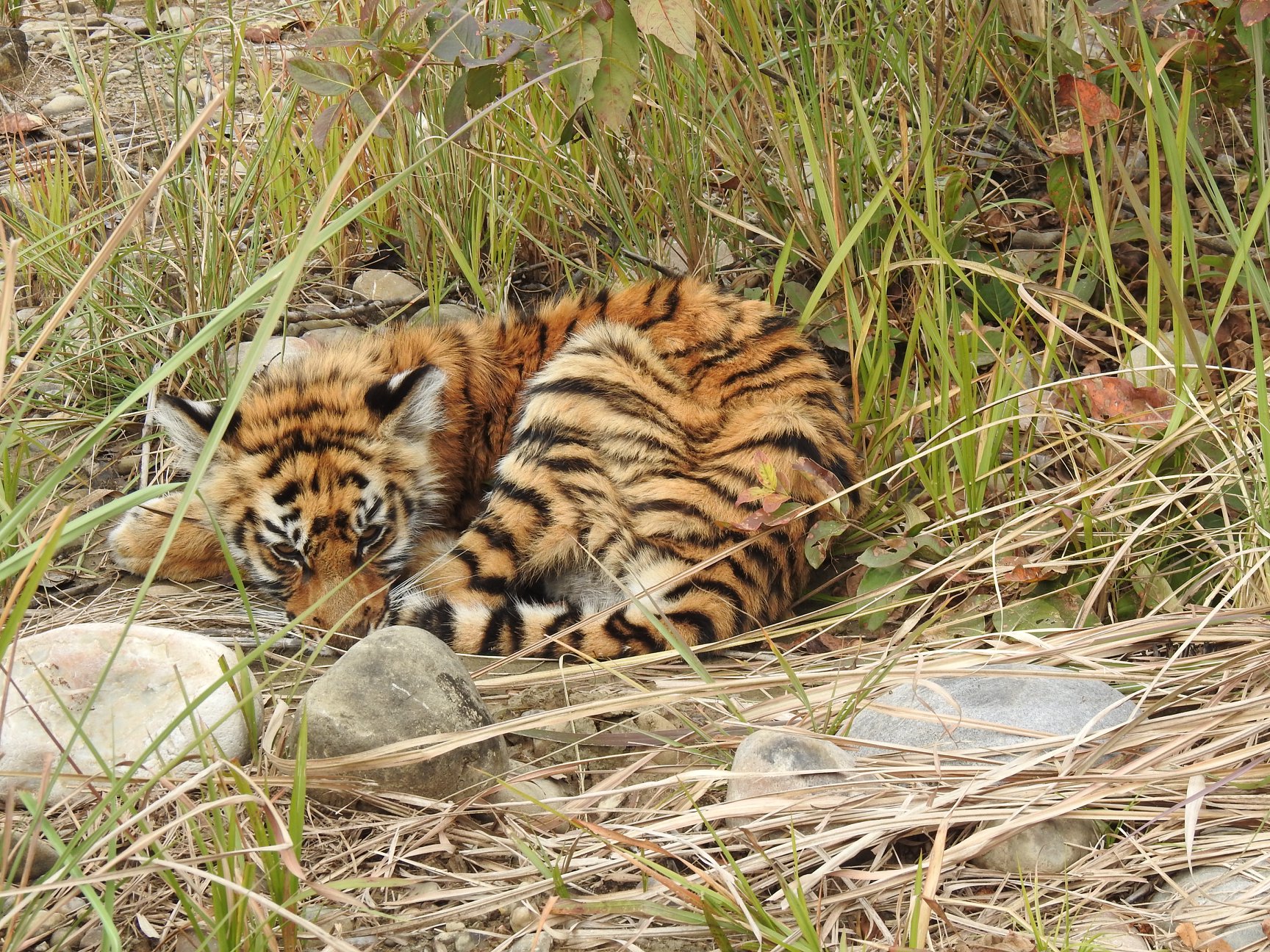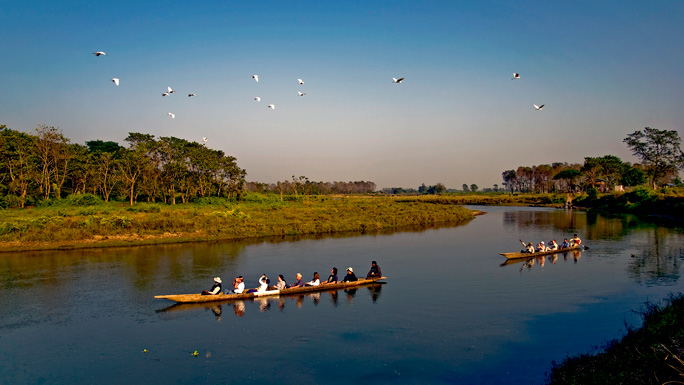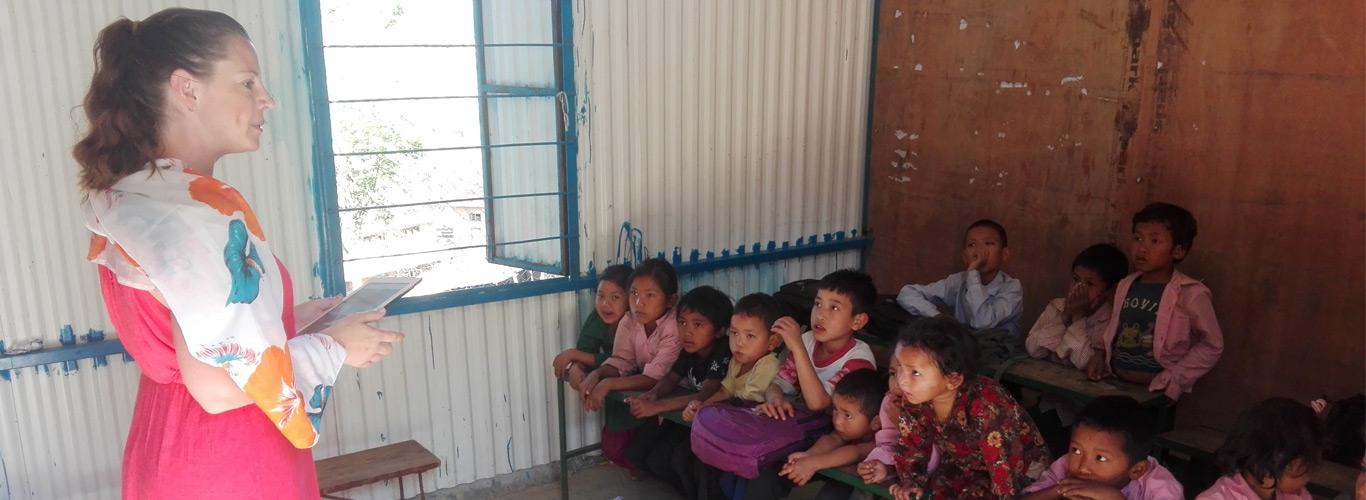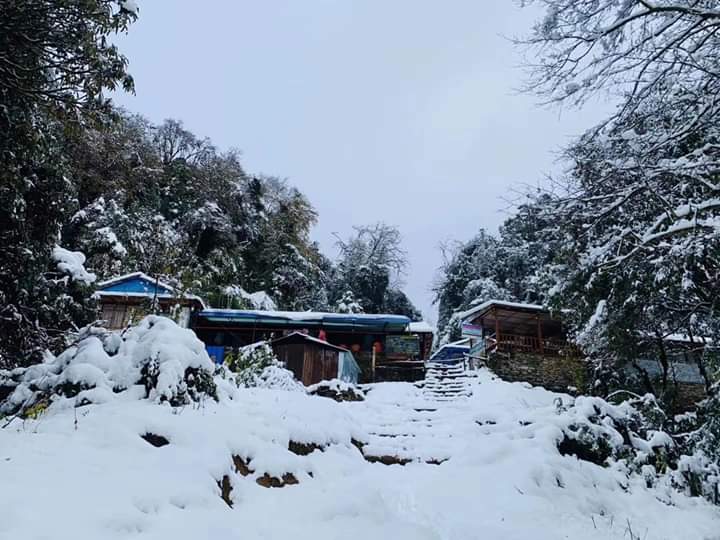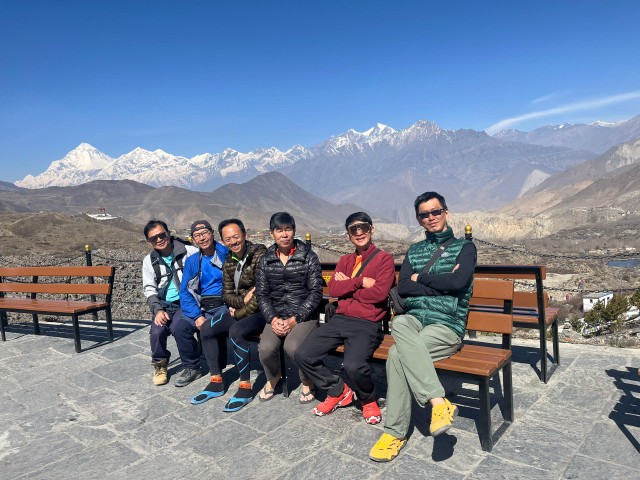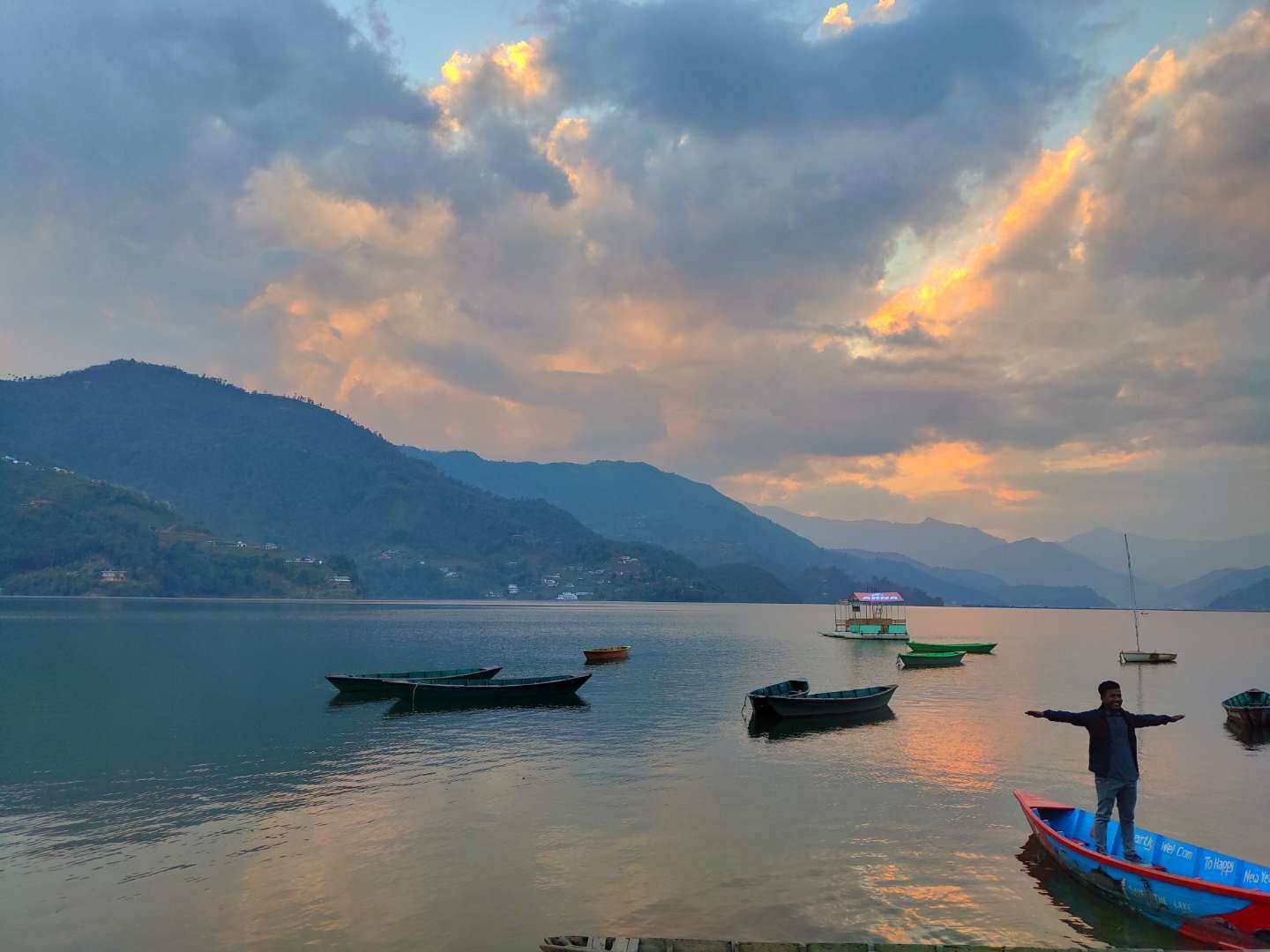Humla Limi Valley
Limi Valley lies in the Humla district in the far west of Nepal bordered by Tibet, China. This valley trek was opened to foreigners in the year 2002 but only limited permits are issued to preserve the delicate ecosystem of this valley. The limited permits are issued to safeguard the flora and fauna of this area to remain intact for future generations. The trails are challenging through high passes that are en route to the ancient trading and pilgrimage route. The great influence of north-western Tibetan neighbors following Buddhist traditions on the people living here. On this trek, you can also witness the sacred Mount Kailash across the border in Tibet along with the surrounding mountain peaks of Nepal.
Snow leopards and blue sheep are some of the rarest mammals found in this area along with marmot, wild yak, and Himalayan black bears.
A glimpse of the mysterious land of Tibet, and amazing surroundings showcasing a different side of Nepal with a challenging trekking route is the highlight of this trekking. It is an unusual trekking route that makes our long days of trekking adventurous and memorable.
The major highlight of Limi Valley Trek involves the trek up to Gyuo Kharka 5150m, which caters to an opportunity to sight the view that would make you fall in love with the beauty of nature. The Himalayas present a magnificent beauty with peaks such as Saipal, Byas Rishi, Api, Kanjirowa, and Kanti, as well as the holy peaks of Tibet such as Mt. Kailash and Gorlamdanda. We can see the view of Lake Mansarovar lying at the foothills of Kailash which is a delightful view to observe from the acme.
Day 01: Flight Kathmandu-Nepalgunj
Day 02: Nepalgunj-Simikot (2950 m) and Trek to Dharapuri (2300 m)
Day 03: Trek to Kermi (2670 m)
Day 04: Trek to Yalbang (3020 m)
Day 05: Trek to Muchu (3120 m) or Tumkot (3380 m)
Day 06: Trek to Yari (3700 m) or Thado Dunga (3750 m).
Day 07: Yari to Hilsa (3720 m), crossing the Nara La (4620 m)
Day 08: Hilsa to Manepeme (3990 m)
Day 09: Trek to Till (4000 m)
Day 10: Til to Halji (3660 m)
Day 11: Halji to Jang (3930 m)
Day 12: Trek to Talung (4370 m)
Day 13: Trek to Shinjungma (3620 m), crossing the Nyalu La (4949 m).
Day 14: Trek to Kermi (2670 m)
Day 15: Trek to Simikot (2950 m)
Day 16: Flight Simikot-Nepalgunj-Kathmandu
Day 01: Flight Kathmandu-Nepalgunj
Upon arrival in Nepalgunj, a city located in the southern lowlands of Terai, we will take a flight to reach there. This area is primarily inhabited by Hindus and Muslims, and the climate is generally hot and humid. In the evening, you can take a leisurely walk around the bustling market, which despite being crowded, is still quite fascinating.
Day 02: Nepalgunj – Simikot (2950 m) and Trek to Dharapuri (2300 m)
After breakfast, we board the aircraft to fly to Simikot airport. As you step out of the aircraft you witness a different world. Simikot lies in the midst of the Himalayas and is the headquarter of the Humla district. Simikot airport also serves as the starting point of the trek/drive to the Famous Kailash/Manasarovar. After walking for an hour we cross a small 3000m high pass and go down one more hour to Majgaon. We further go down as the trail goes greener at this lower altitude. Dharapuri can be reached after a trek of approximately 4 hours.
Day 03: Trek to Kermi (2670 m)
Today’s trek is relatively short, lasting only about 3 hours as we make our way to Kermi. This allows us to start a bit later after taking time to explore the charming village of Dharapuri in the morning. As we set out, we follow the mighty Karnali River and pass by fields of barley, buckwheat, rice, and potatoes. Kermi is predominantly a Buddhist community, and some of its main attractions are the Laikyo Gompa and Lhundrup Choeling Gompa, both of which are only about half an hour’s walk from our campsite.
Day 04: Trek to Yalbang (3020 m)
After enjoying a warm breakfast, we set out on a 2-hour trek and cross the Sali River. On the bank of the river lies a small settlement with a few tea shops, perfect for a quick break. We continue on a high trail through the fragrant pine forest, with the clear Karnali River flowing below the cliff. Along the way, we come across numerous mule caravans. These caravan leaders are usually local villagers moving from one place to another for barter and trade. After about 4 hours of trekking, we arrive at the Namkha Khyung Dzong Monastery, which belongs to the Nyingmapa lineage and is home to approximately 135 monks. From here, it takes another 45 minutes of walking to reach our overnight camp at Yalbang.
Day 05: Trek to Muchu (3120 m) or Tumkot (3380 m)
Leaving behind the village of Karnali River, we pass through the quaint village of Yangar. The trail is mostly “Nepali Flat,” but in some parts, it’s spectacularly carved out of rocks, making you feel like you’re walking in a three-sided tunnel. The environment changes as we progress, getting rockier with big pine trees giving way to smaller bushes. After 4 hours of walking, we reach Muchu, but if we want to continue for another hour, we can camp at Tumkot instead. Muchu is an interesting village, and the famous Dhungkar Choezom Monastery is located here, even though it’s not on the main trail. Depending on our level of fatigue, we can camp as per our preference.
Day 06: Trek to Yari (3700 m) or Thado Dunga (3750 m).
At the start of the day, we face a steep climb as the landscape becomes rockier and more desolate. The remaining trees are mostly low junipers. We will also walk through a partially constructed road. Along the way, we will pass by the village of Ani Palwang, where we will stop for lunch. After a few more hours of walking, we will reach Yari, where we will set up our camp. However, if you feel up for it, we can continue for another hour to reach Thado Dunga.
Day 07: Yari to Hilsa (3720 m), crossing the Nara La (4620 m)
This will be our longest and most challenging day as we make our way over the Nara La pass. The landscape here resembles that of Tibet, and the views are truly awe-inspiring. We begin our trek from Thado Dunga and continue along a steep trail toward the pass. After a couple of hours of hiking, we finally reach the top of the pass, where we can see a pile of stones left by travelers seeking good luck, along with colorful prayer flags fluttering in the wind. The panoramic views of the Tibetan plateau are simply breathtaking. However, the descent from the pass to Hilsa is steep and arduous. While there is the option of a homestay, we recommend camping as homestays may be difficult to come by during peak tourist season.
Day 08: Hilsa to Manepeme (3990 m)
Today’s trek takes us approximately 5 hours to reach Manepeme. Leaving Hilsa behind, we cross a large iron bridge and begin our ascent on a small, slightly challenging trail that winds its way over a slope before connecting with a larger trail high on the slope. The trail runs along the Karnali River in an easterly direction, gradually ascending with a few steep ups and downs. As we trek, we’re treated to a dramatic landscape of bare, steep rocks in incredible hues. There are no settlements between Hilsa and Manepeme, but the latter is a small, level area situated near the trail and a water source where we can set up camp.
Day 09: Trek to Till (4000 m)
After two hours of walking, we arrive at the Ya Yip Phuk cave, which was once used by Lotsawa Rinchen Sangpo (985-1055 A.D.), a renowned translator of Buddhist texts for meditation. His efforts were instrumental in reinvigorating cultural exchange between Tibet and India, paving the way for the so-called second dissemination of Buddhism in Tibet. The trail is lush and rocky in some areas. We climb for 30 minutes to reach the top of Lamka La, where we can catch a glimpse of Til and its gleaming white monasteries. After that, we walk downhill for another hour and a half until we reach the Chorten gate, the entrance to the village of Till. This village has a strong Tibetan influence, as evidenced by the locals’ lifestyle, architecture, and traditional clothing.
Day 10: Til to Halji (3660 m)
Today’s trek is a relatively easy one, with a 3-hour walk to the village of Halji. We follow the Limi River upstream and the trail is mostly flat. Along the way, we can enjoy beautiful views and observe some local wildlife, including the elusive snow leopard if we’re lucky. Upon reaching Halji, we visit the Richening Gompa, which was built in the 14th century and holds great religious significance in the Limi Valley.
Day 11: Halji to Jang (3930 m)
Our journey continues as we trek along the Limi Khola, and after about four hours, we arrive at Jang, the final village located in the Limi Valley. It is a truly unique experience to be in such an isolated and remote area where Tibetan culture is still preserved, unaffected by the modern world.
Day 12: Trek to Talung (4370 m)
We bid farewell to the Limi Valley with its charming Tibetan villages and warm locals. We won’t encounter any settlements on our way to Kermi, as we traverse through a very remote region. The trail can be quite windy in the latter half, necessitating a slower pace. After four hours of trekking, we will reach Talung, our final destination for the day.
Day 13: Trek to Shinjungma (3620 m), crossing the Nyalu La (4949 m).
Today’s trek is a challenging one as we will be crossing the Nyalu La, a high pass covered in ice and snow. But the effort will be worth it as we will be rewarded with stunning views of Tibet and Humla from the top. Two of the most impressive peaks that can be seen from the pass are Mt. Kailash (6714 m) and Mount Saipal (7031 m). After descending from the pass, we will reach the beautiful Lake Selma Tso situated at an altitude of 4630 meters before continuing our descent to cross the Sali River. Our overnight stay will be at Shinjungma.
Day 14: Trek to Kermi (2670 m)
After a week of trekking in high altitudes, today’s journey brings us back below 3000m. The path meanders through lush pine and birch forests alongside the picturesque Sali River, with towering rocks on both sides of the trail. The trail eventually meets the Karnali River and heads east towards Kermi village. The village is home to natural hot springs, providing a perfect opportunity to relax and soothe your tired muscles after the strenuous trek of the past few days.
Day 15: Trek to Simikot (2950 m)
The trail today is mostly pleasant and easy, taking us past Majgaon before a 2-hour climb to reach a 3000-meter high pass. From there, it’s just another 30 minutes downhill until we arrive back in Simikot. We will spend the night in Simikot before our departure tomorrow.
Day 16: Flight Simikot-Nepalgunj-Kathmandu
In the early morning, you will take a flight back to Nepalgunj and then connect to another flight to Kathmandu.
Price Included
- All ground transport by private vehicle.
- Trekking Lodge /Tea House Accommodations throughout the trek.
- Breakfast, Lunch and Dinner during Humla limi valley trek.
- All necessary paper works for special humla trekking permit, National Park Entry Permit and TIMS card.
- A highly experience and knowledgeable, friendly , English speaking well trained, Government License holder guide with his salary, food, drinks, accommodation, transport to and from, insurance.
- Himalayann Sanctuary Adventure Duffel Bag
- Friendly and helpful porters with proper walking equipment, his salary, foods, accommodation and insurance (one porter for two people).
- Comprehensive medical box (first aid kit will be available).
- Arrangement of Emergency Helicopter service (paid by your Travel Insurance company).
- Government taxes and official expenses.
- Emergency life saver oxygen and mask support.
- Kathmandu sightseeing tour with private vehicle.
- Farewell dinner in typical Nepalese restaurant.
Price Not Included
- International Airfare from and to Kathmandu.
- Nepal entry visa fee (you may easily issue the visa on arrival at Tribhuwan International
- Your Travel and Medical Insurance.
- Meals whilst you are in Kathmandu Lunch and Dinner as per itinerary.
- Your Personal Expenses and trekking equipment for the trek.
- All the alcoholic and non alcoholic cold and hot drinks on trek ( i.e. those you choose to purchase along the way and during evenings in the Tea Houses)
- All desserts sweet things like chocolate, cake, pie, pudding.
- Hot and Cold drinks ,hot shower and battery charging on the tea houses.
- Tips for the guide, porter and driver (Tipping is expected)
- Kathmandu sightseeing entrance fees.
- Excess baggage more than 12 kg.from Nepaljung to simikot flight. (If you have extra baggage you can leave in Kathmandu with full safety)
Gears required for the trek vary upon destination and season. Trekking shoes, down jacket, sleeping bag, hiking poles are the essential ones. Besides these – the following list is suggested:
Head
- Sun hat or scarf
- Sun glasses
- Sunscream
- Lip Balm.
Feet
- Thin & Warm Socks – 2 pairs
- Sandals
- Trekking Shoes on the trek
- Comfortable Shoes in cities
Body
- Warm gloves
- T-shirts
- Light jackets and pullovers
- Wind – stopper jacket
- Undergarments
- Hiking shorts
- Cotton/woolen pants or trousers
- Earplug
- Electronics gadgets of your choice
- Spare Battery
- Notebook, pen, guidebook and map
- Tour/Trekking Bag
- Hiking Poles
- Sleeping Bag
- Down jacket
- Toiletries (toilet paper, toothbrush/paste, nail cutter, anti-bacterial hand wash
Accommodations during the Trek
We use Normal Teahouse/Lodge/Camping for the accommodation during the Trek.
Experience and Physical Fitness
Trekking in Nepal above 3000 – 4500 meters from sea level is a moderate trek suitable for passionate walkers who can walk at least 6-7 hours a day with a light rucksack. On some days we might even need to walk for 7 to 8 hours. Walking at higher altitudes is more challenging than walking at lower altitudes; however, if you are in excellent health condition with moderate body fitness, have a positive attitude, and have strong willpower, you can complete the trek successfully. Exercising and jogging regularly is a good idea to develop your strength and firmness. Past hiking experience would be an asset but no technical skill is required for this trip. Members with pre-existing medical conditions such as heart, lung, and blood diseases should inform Guide in the Himalayas before booking the trek. We also recommend that you consult your doctor(s) before the trip plan.
Electric Sockets and Plug-in Adapter
The electrical sockets in Nepal are one of two types: the most common being the European two-pin plug and also in some places the Indian three-pin plug is used. It is possible to recharge your electronic items and batteries for a small cost at most of the trek lodges in the Humla regions of Nepal. To ensure you are prepared for both of these possible sockets in Nepal we recommend that you purchase a universal travel adapter.
If there is an emergency during the trek
All of our guides got basic first aid training and classes and can deal with the basic sickness that may happen on the trip. In the occasion of an emergency, the guide will immediately communicate with the company in Kathmandu to arrange rescue or airlift in such a critical condition then your travel agency will communicate with your insurance agency back to your home country. It is a condition of booking that you are adequately insured for such an event as these expenses will need to be recovered from your insurance company. In the more frequented regions, there are health posts, which have been settled government of Nepal and by some foreign doctors and overseas personnel staff, we have full knowledge about the Himalayan Rescue Association.
Flight Delays in Nepaljung to Simikot
The flight between Nepalgunj to Simikot is generally reliable. Being Short Take-Off & Landing (STOL) mountain airstrips, the flight is dependent on the weather. Delays often happen if there is poor visibility or high winds. In case of bad weather, the flight is canceled often and to avoid missing international flights, we recommend 2-3 days extra at the end of your trip.
Travel Insurance
It is mandatory to have travel insurance for the trekking and please submit us photocopy before departure to the mountain. Standard policies often only cover medical evacuation to 4000m so make sure it covers up to 6000m.
Trekking Days
You are expected to trek for about 5-7 hours covering a distance of 10-15 kilometers daily depending on trial conditions and the state of the weather. You’ll be traveling through the wilderness, remote countryside, and high elevations. Trekking with a guide is not only safer but also a more enjoyable experience. Our guides and porters are expert experts in Himalayan treks and have more than one decade of experience on average.
It is recommended that you prepare for a trek with suitable training such as climbing hills/stairs, jogging, exercising, and gym to improve your stamina a few months before the trek.
Climate
Spring starts from March until May when temperature fluctuated between 20°c to 30°c. June to August is the summer season which is also a time of monsoon with occasional thunderstorms and hot temperatures. From late September to the end of November is autumn and is best for trekking activities. Winter is from late November to February.
The trek will have a wide range of temperatures depending on the elevation and time of the particular day. In the mountains between 1000m-3500m, the night generally will be cool around 5°C, and during the day temperatures every so often rise to 20°c. At higher altitudes, temperatures range from 15° to -15°c.
Tips
Tips are not mandatory but generally, after hard work, something extra is expected. We recommend a tip for the guide and porter at least $70 (more will be appreciated).
| Start Date | End Date | Price in USD | Availability | Booking | Note |
|---|
Avabillity Options
OPEN: This date is available and open for bookings. Go for it!
GUARANTEED: Guaranteed departure. Seat Available.
LIMITED: Guaranteed departure, Limited seat. You can send booking request for availability.
FULL:This date is currently unavailable. Please contact us if you are interested in traveling on this date.


